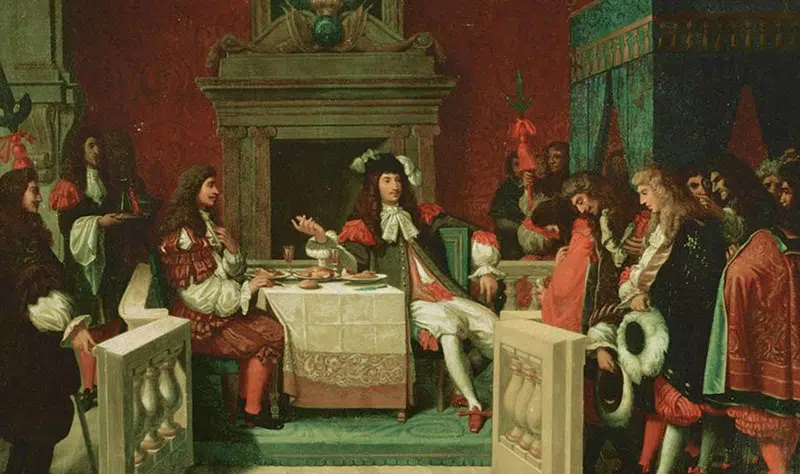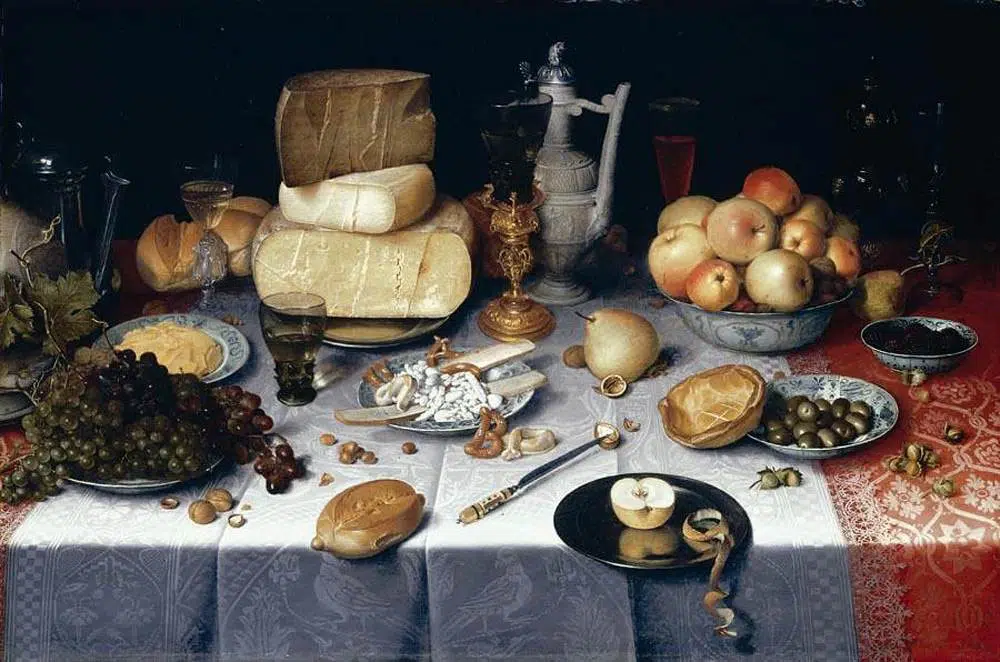The Huge Appetite Of Louis XIV And The Scientist Who Ate His Mummified Heart
Featured in Ripley's Believe It or Not!

Louis XIV’s Appetite
When French King Louis XIV died in 1715, his stomach was reportedly twice the size of the average human. Louis was known for his voracious appetite, but little did he know that three-quarters of a century after his death, one of his organs would become a meal of its own. William Buckland, a geologist and the Dean of Westminster, ate his heart.





